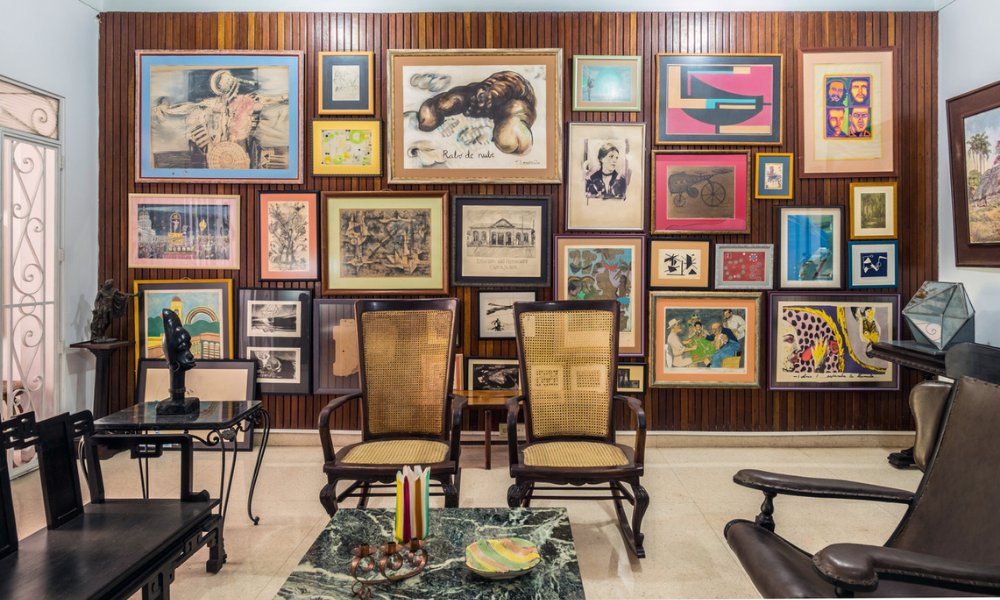Here are four questions to help you determine whether it's a good strategic investment

Collectibles are considered an alternative investment because they’re not stocks, bonds, mutual funds, exchange-traded funds (ETFs), or cash. They include more tangible things, like art, wine, antiques, or coins, which some investors love getting involved in – but others wonder if they should.
This world can be filled with con artists’ schemes and fraud. If you learn how to buy low and sell high while navigating the threats, you can make considerable money. But, most people don’t. So, consider these four factors before you decide if you want to invest some of your hard-earned cash in collectibles, which may not make the average person as much return as other investments.
- Why is investing in collectibles high-risk? The value of art and collectibles depend on many factors, including commercial, social, and intrinsic value as well as their condition and original purchase price. Commercial value means how much it costs, which is often determined by appraisers and professionals. Its value needs to be higher than its original price, and the price also depends on what shape the item is in. Social value is how well it speaks to its audience, and intrinsic value involves people’s emotions and speaks to whether people “love it”.
Collectibles are also more difficult than average investments to understand because they come with more risks than most traditional investments. Those include high costs and fees (including storage, marketing, and maintenance and restoration), a lack of investment income or dividends, the prevalence of counterfeits, and a greater than average risk of the assets being destroyed. They’re also not immune to how the financial markets perform since a better market often means a better collectible market, too, because there is usually a very limited market for them.
- Are collectibles real assets? There are no guarantees as to what will appreciate or not, but collectibles are considered real assets if they have all the qualities that investors crave: reputable, liquid, transparent, and trackable. How valuable it is also depends on how rare the item is, whether it’s in mint condition, and whether you can find a buyer, all of which can vary. It’s also important o maintain and store the items so that they will retain their value and ensure that you have the proper documentation and insurance for them. But, while you can borrow against some of these assets as well as sell them, overall,l collectibles don’t offer what other assets do, such as dividends or interest. Having said all that, however, this asset class has immense potential for growth. So, if you can invest in something you love, it will still bring you joy, even if it doesn’t earn you much money.
- Do collectibles increase in value? Unlike most of the financial market, which is regulated, there’s no regulatory authority that stabilizes prices or protects consumers who have collectibles. These items also don’t trade on the public markets, so that can make pricing opaque and increase the risk of a con artist, or even a more experienced collector, taking advantage of you, if you’re a new investor. You also need patience because collectibles are very illiquid. Markets and demand can be small, too, and sales can take a long time. So, there’s no guarantee your collectibles will increase in value. It’s up to you to understand the item and its resale world before you get involved with it.
- What could soon be collectible? Check the markets that you’d sell your collectibles in to see what’s currently selling online because this can be difficult terrain to navigate. Those markets could include anything from eBay to a large auction house specializing in fine art. Several items could become your collectibles. Sports memorabilia can be valuable if it played a significant role in a game – and is also signed. That could be a fly ball in a key game. But, a rise in fake autographs can undermine this. So, you could ask someone to take a photo of you with the athlete who’s signing to include with the item if you want to go this route. Photographs from emerging photographers can also become a collectible, but you definitely need to know the field and what’s on the rise to invest in those. Vintage electronics is an emerging field of collectibles. That includes the early Apple 1, which now can net more than $1 million. Unopened toys from memorable times such as Star Wars figurines, could also become collectibles if they’re in mint shape. Stamps and rare coins can also prove valuable, but you need to understand the field and what it can net before getting involved.



